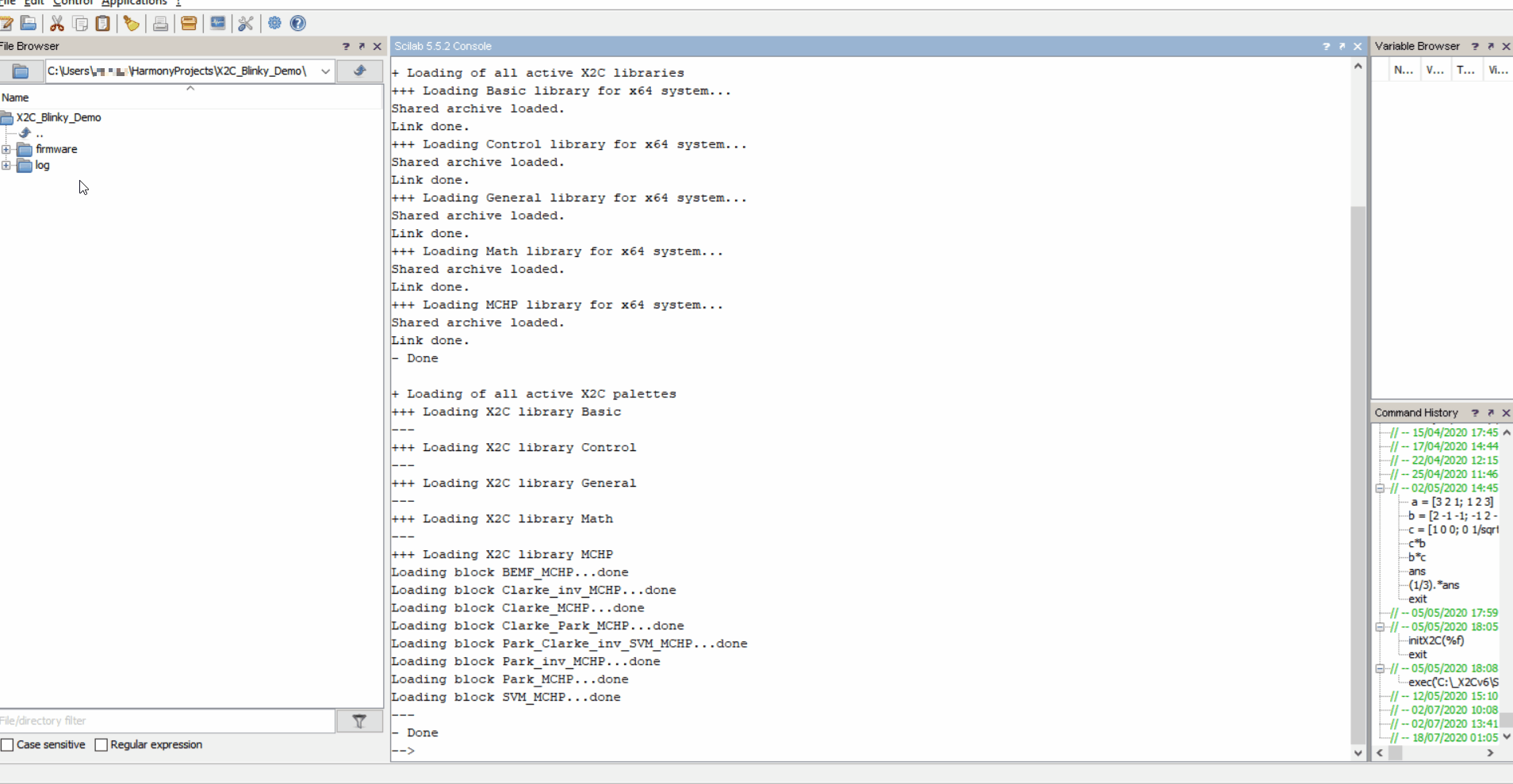

- #Mplab xc8 archive how to#
- #Mplab xc8 archive install#
- #Mplab xc8 archive serial#
- #Mplab xc8 archive series#
I don't mind adding a label, increment/decrement, and test/goto for a loop, but creating dozens of silly labels for conditionals somehow short circuits the part of my brain responsible for variable naming. The one thing I notice coding in assembly more than anything else is the lack of if-else style blocks.

Combined with the fact that the assembler is indentation agnostic after the first column (labels), this makes it really pretty easy to create a regular C like conditional block. Having worked quite a bit in assembly, I ended up creating a library of macros to support nested if-else-endif macros. While they haven't kept pace with some of the other stuff out there and the limited development tools has relegated them to obscurity compared to the Atmel powered Arduino, I still have a place in my heart for these old favorites.
#Mplab xc8 archive install#
Tool Selection Microchip MPLAB lets you install more that one compiler.I started off with microcontrollers around 2003 using Microchip PICs. Device Selection Third step is the selection of debug tool. Select Mid Range 8-bit MCUs (PIC12/16/MCP) in Family and PIC16F877A in Device. Project Type Selection Second step is the selection of device for which the project is targeted. From the Categories list select Microchip Embedded and from Projects select Standalone Project. The first step is the selection of project type. Select New Project from File Menu And for those who love the Keyboard over mouse can hit ++ Any of the three method will launch the New Project Wizard as shown below. MPLAB X Start Page Alternatively you can use File->New Project Fig. LCD Demo Creating a New Project in MPLAB X You can create a new project using the MPLAB’s Start page as shown below.

The library is designed for compilation and use with Microchip’s XC8 C Compiler.
#Mplab xc8 archive how to#
Here we describe how to setup a MPLAB X project with support for lcd related functions.
#Mplab xc8 archive series#
This part is focused on its usage with PIC16F series of MCUs from Microchip. This library is also available for the AVR family of microcontrollers. This article describes the setup and use of the C library for hd44780 based alphanumeric lcd modules. LCD Library for PIC – Setup on MPLAB X IDE Using these pins you can connect external peripherals (like the LCD board or something else) to do your experiment. Most of these pins are the microcontrollers general purpose input/output lines and the rest are 5v and GND supply lines. 40 PIN PIC Development Board In the bottom portion of the pic development board you can see a row of male headers. The development board comes fully assembled and tested, thus makes it ideal for doing experiments for learning by beginners. 1,352 Connections The PIC16F877A development board has the PIC16F877A microcontroller chip and its supporting basic circuitry all in a nice high quality PCB. 296 3 Single PIN Burg Wires Female/Female 20 units Rs. Item Image Cost 1 40 PIN PIC Development Board Rs. PIC16F877A Based Thermometer with LCD Stuffs Required S. Final result will be shown on a 16×2 alphanumeric lcd module. The temperature will be read using a LM35 precision sensor. We will use a popular MCU PIC16F877A to implement this mini project. It teaches you how to acquire analog data from a sensor and display it on a lcd. So their Īt basic level on microcontroller you can create this interesting project of digital thermometer. It also lets you install more that one version of the same compiler. Tool Selection Microchip MPLAB lets you install more that one compiler. MPLAB X Start Page Alternatively you can use menu File->New Project Fig.

#Mplab xc8 archive serial#
Serial Communication Demo Creating a New Project in MPLAB X You can create a new project using the MPLAB’s Start page as shown below. Here we describe how to setup a MPLAB X project with support for serial communication related functions. We focus on its usage with PIC16F series of MCUs from Microchip. This article describes the setup and use of the C library for serial communication.


 0 kommentar(er)
0 kommentar(er)
